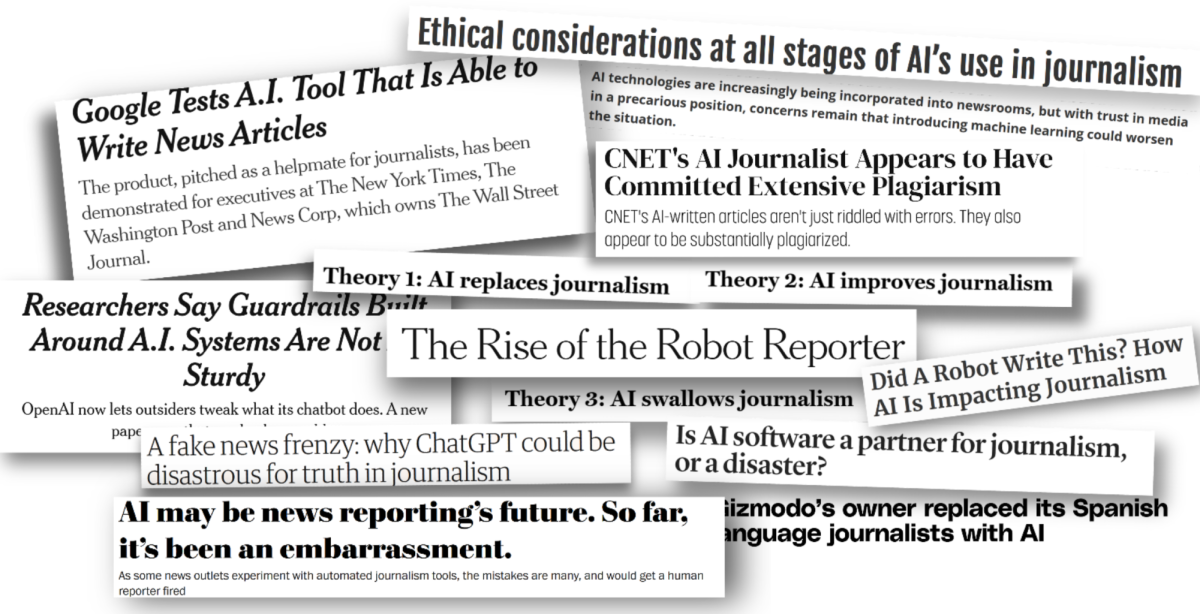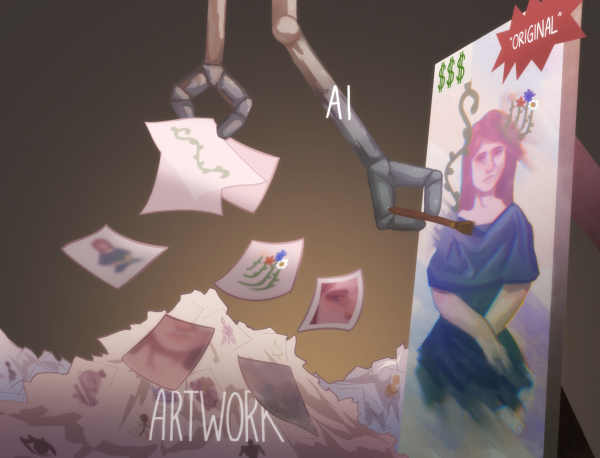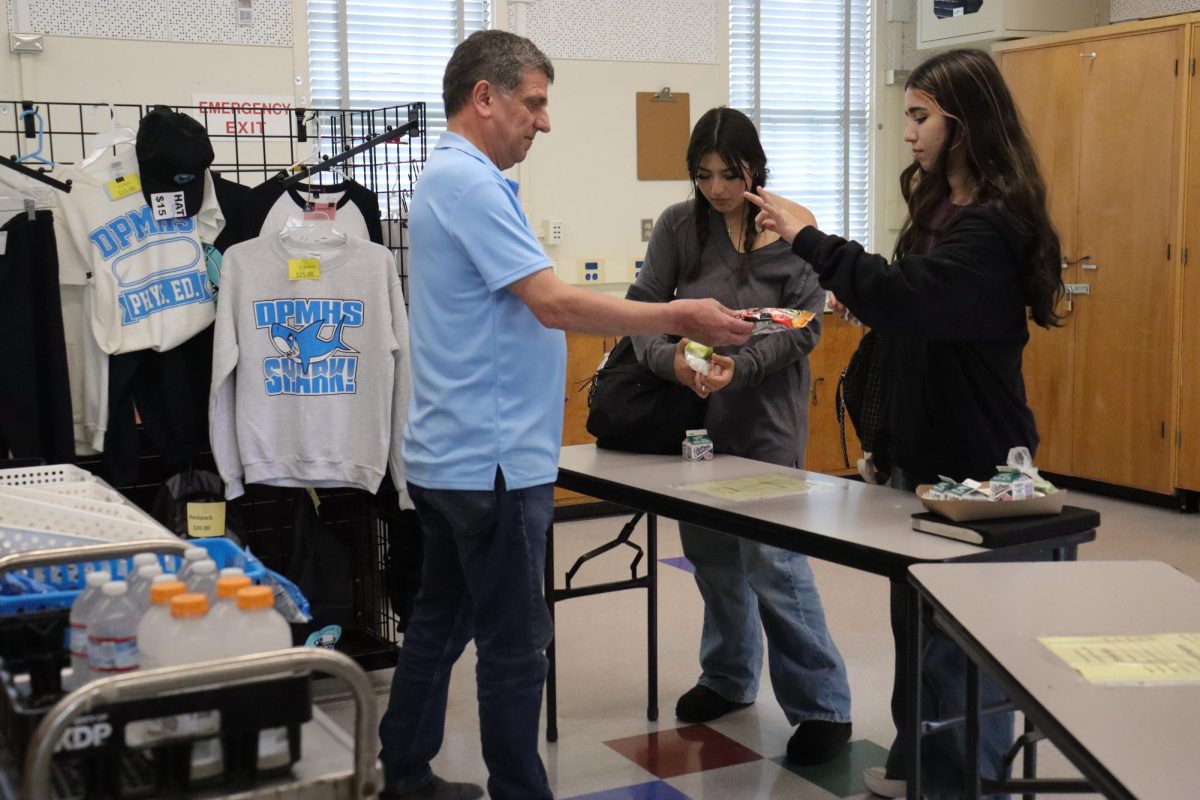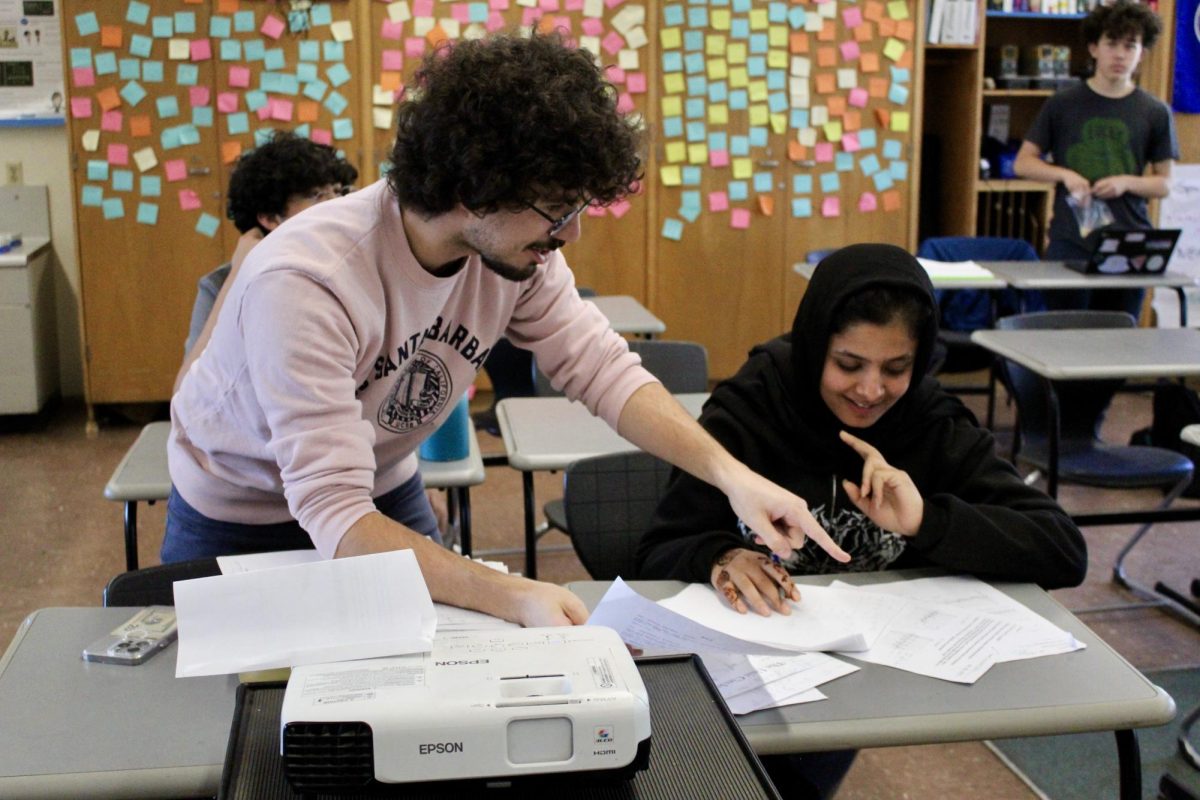AI technology has become more advanced since the launch of ChatGPT in November 2022. This language-based chatbot allows users to produce content with their desired length, format and style in a matter of minutes.
The use of AI is nothing new but has recently seen an increase in popularity because of its widespread accessibility. In the field of journalism, concerns are being raised as to whether AI is a potential threat since this technology can filter through large amounts of data and replicate news content more efficiently. However, the technology is not completely there to take over the role of a journalist. AI often makes factual mistakes and lacks the human element of creativity and critical thinking.
That said, AI technology can sort and condense large amounts of information, meaning journalists could use it as a research tool. Some major companies such as Microsoft and Google have marketed their AI programs toward journalists.
“Google is testing a product that uses artificial intelligence technology to produce news stories, pitching it to news organizations including The New York Times, The Washington Post and The Wall Street Journal’s owner, News Corp, according to three people familiar with the matter,” according to a July 19 article in the New York Times.
Some in the journalism community such as Francesco Marconi, a computational journalist and co-founder of the real-time information company AppliedXL, speculate that the relationship between journalists and AI will be one of collaboration. Francesco states that, “The limitations of large language models such as GPT signal where journalistic innovation should be focused on – towards the development of event detection systems that can capture and compute real-time information.” He believes that the media should work with AI technology to create a new approach toward journalism.
According to an Aug. 1 article in New York Magazine, “An optimistic theory about tools like this is that they’ll simply make certain journalistic operations more productive, partially automating friction-filled processes, typing, transcription, maybe even puzzling over structure and freeing up resources to pursue, say, actual reporting.”



















